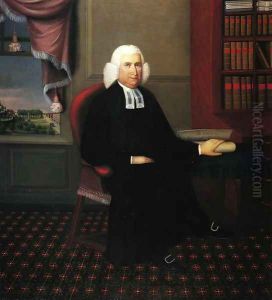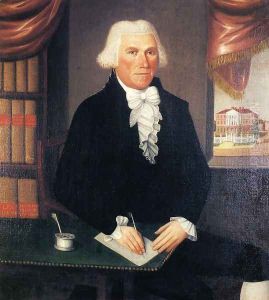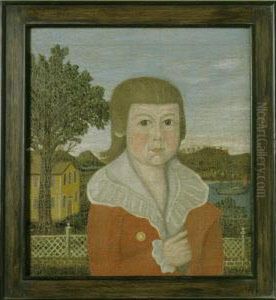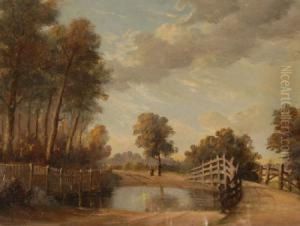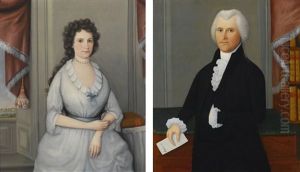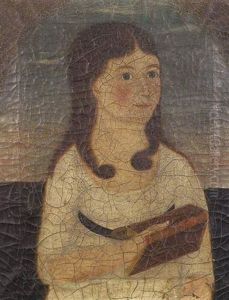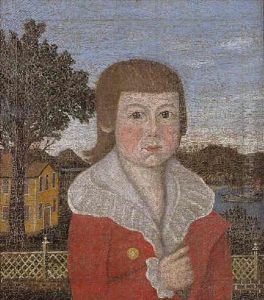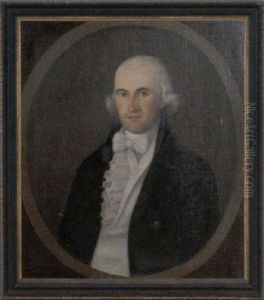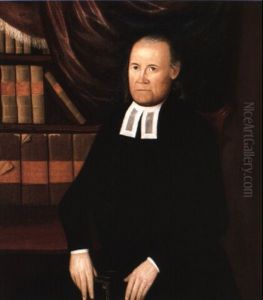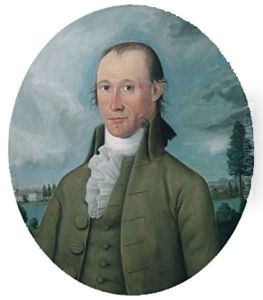Joseph Steward Paintings
Joseph Steward was an American painter and museum proprietor who was born in 1753 in Hampton, Connecticut. He is often remembered for his role in the early American art scene as both an artist and an entrepreneur. Steward’s life as a painter began under the tutelage of the well-known portraitist John Singleton Copley. Under Copley’s guidance, Steward developed his skills and was able to establish his own reputation as a competent portrait painter.
In the late 18th century, Steward moved to Hartford, Connecticut, where he continued his work as a portraitist. He painted portraits of many notable figures of his time, including clergymen, politicians, and other prominent members of society. His work is characterized by the straightforward, realistic style that was typical of the era, with an emphasis on capturing the character and social stature of his subjects.
Not content to only produce art, Steward also ventured into the world of museum entrepreneurship. In 1797, he founded the Connecticut Museum of Natural and Other Curiosities in Hartford. This museum was one of the first of its kind in the United States and showcased not only artworks but also specimens of natural history and various curiosities that Steward collected. The museum served as an important cultural institution and was indicative of the growing American interest in science, art, and education during the post-Revolutionary period.
Steward's contribution to the American art and museum scene was significant, particularly in the context of a burgeoning nation looking to establish its own cultural institutions independent of Europe. He continued to paint and operate his museum until his death in 1822. Today, Joseph Steward is remembered as a pioneer in the American art world, and his portraits are considered valuable documents of early American society. His works can be found in historical societies and museums, where they continue to be studied and appreciated for their historical significance and craftsmanship.
